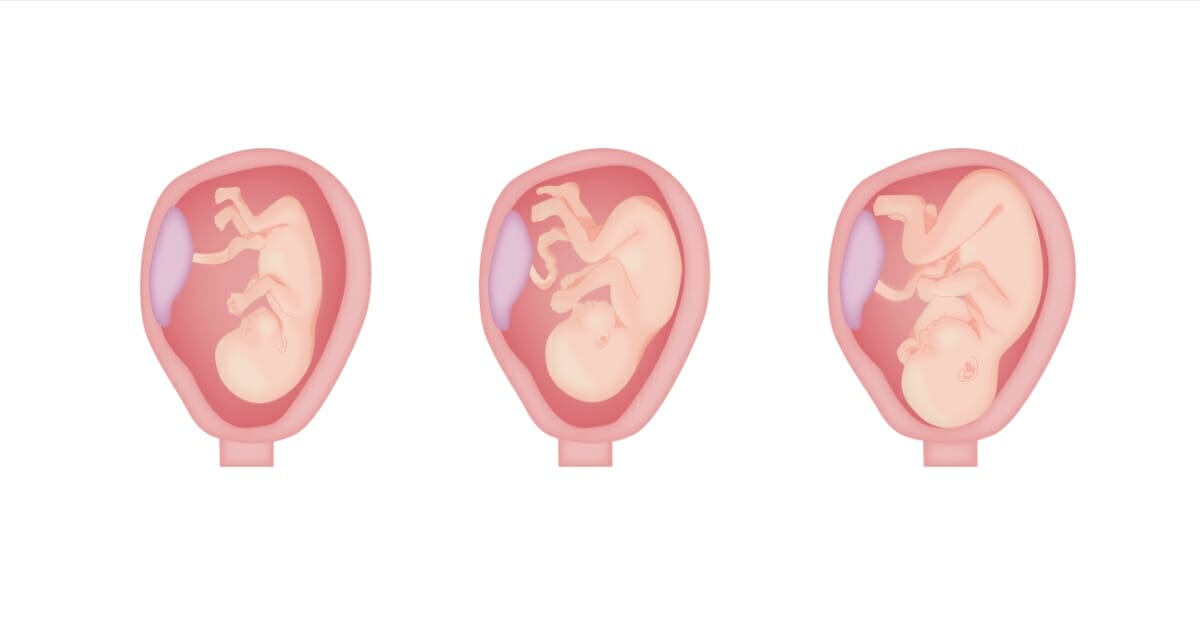
Embryology, the study of the development of embryos, is a fascinating field of biology that provides deep insights into the evolutionary relationships between different species. Comparative embryology, in particular, focuses on comparing the early stages of development among diverse organisms. This branch of science has uncovered numerous extraordinary facts that highlight the interconnectedness of all living things on Earth. From the striking similarities in embryonic development between distantly related species to the presence of ancestral features in embryos, comparative embryology offers a window into the shared evolutionary history of organisms. In this article, we will explore 20 extraordinary facts about comparative embryology that will surely leave you amazed and awestruck at the wonders of life’s beginnings.
Key Takeaways:
- Embryology helps scientists understand how different animals develop before they are born. It shows that many animals share similar traits during their early stages, which suggests they have a common ancestor.
- Studying embryos can help us learn about evolution, genetic disorders, and even improve farming techniques. It’s like peeking into a secret book that holds the key to life’s mysteries.
Embryology is the study of the development of embryos in different organisms.
Comparative embryology involves comparing the embryos of different species to understand their similarities and differences during development.
The study of comparative embryology provides insights into evolution and common ancestry.
By examining the similarities and differences in embryos, scientists can trace the evolutionary relationships between species.
Embryos of different species often share similar developmental stages.
Many embryos go through common developmental stages, such as the formation of germ layers and the development of basic body structures.
Pharyngeal arches are a common feature seen in the embryos of different organisms.
Pharyngeal arches are a series of structures in the embryo’s throat region that give rise to various structures, such as gills in fish and certain throat structures in humans.
The similarities between embryos suggest a shared ancestry.
When embryos of different species exhibit similar structures and development patterns, it indicates a common evolutionary origin.
Comparative embryology played a significant role in supporting Charles Darwin’s theory of evolution.
By comparing embryos, Darwin was able to demonstrate the presence of shared characteristics and provide evidence for common descent.
Hox genes play a crucial role in the development of embryos.
Hox genes control the development of body segments and play a crucial role in determining the overall body plan of an organism.
The study of embryology helps in understanding birth defects and genetic disorders.
By examining the normal development of embryos, scientists can better understand the causes and mechanisms behind various birth defects and genetic disorders.
Comparative embryology aids in understanding the origins of diseases.
Studying the development of embryos can provide insights into the origins and progression of diseases, leading to potential treatments and preventive measures.
The discovery of homologous structures in embryos supports the theory of common ancestry.
Homologous structures, such as the forelimbs of mammals, have similar developmental origins in embryos, indicating a shared evolutionary history.
Comparative embryology helps in classifying organisms.
By analyzing the similarities and differences in embryo development, scientists can classify organisms into different groups and determine their evolutionary relationships.
The study of embryology has practical applications in agriculture and breeding.
Understanding the developmental processes in embryos can contribute to improved breeding techniques and the development of new agricultural methods.
The study of embryology has led to advancements in regenerative medicine.
By understanding how embryos develop and regenerate, scientists can explore new ways to stimulate tissue regeneration and repair damaged organs.
Comparative embryology can reveal developmental adaptations to different environments.
By studying embryos, scientists can observe how different species adapt their development to survive and thrive in specific environments.
The study of embryonic development is not limited to vertebrate animals.
Comparative embryology encompasses the study of embryos in a wide range of organisms, including invertebrates, plants, and even fungi.
Developmental abnormalities in embryos can provide insights into human health.
Studying abnormal embryo development can shed light on the causes and potential treatments for various human diseases and conditions.
The study of embryology can contribute to advancements in assisted reproductive technologies.
By understanding the intricacies of embryo development, scientists can improve techniques used in fertility treatments and in vitro fertilization.
Comparative embryology helps in understanding the evolution of complex structures.
By studying how complex structures develop in embryos, researchers can gain insight into the evolutionary processes behind the formation of intricate features.
Developmental plasticity allows embryos to adapt to changing environmental conditions.
Embryos have the ability to adjust their development in response to environmental cues, ensuring their survival in different conditions.
Comparative embryology continues to be an essential field for understanding life’s diversity and evolutionary history.
By studying embryos, scientists can unlock new mysteries about the origins and development of life on Earth, contributing to our greater understanding of the natural world.
Conclusion
In conclusion, comparative embryology is a fascinating field that offers valuable insights into the evolutionary relationships between different species. Through the study of embryonic development, scientists have been able to uncover a wealth of information about the commonalities and differences among organisms.By comparing the early stages of development across species, researchers have discovered shared characteristics that point to a common ancestry. This has provided strong evidence to support the theory of evolution and has helped us understand how different organisms have evolved and adapted over time.Additionally, comparative embryology has important implications for medical research and advancements. By studying embryonic development, scientists can gain valuable insights into human prenatal development and the underlying mechanisms that lead to certain birth defects or developmental disorders. This knowledge can ultimately contribute to the development of more effective treatments and interventions.Overall, comparative embryology is a powerful tool that continues to shed light on the interconnectedness of all living organisms. Its findings have revolutionized our understanding of evolution and have important applications in various fields of science.
FAQs
Q: What is comparative embryology?
A: Comparative embryology is the study of the similarities and differences in the early stages of development between different species. It examines the embryonic structures, processes, and patterns to reveal clues about evolutionary relationships.
Q: What are some key findings of comparative embryology?
A: Comparative embryology has revealed that many species share similar developmental processes, suggesting a common ancestry. It has also shown that some structures, such as gill slits in embryos, are present in different organisms, even if they serve different functions in adulthood.
Q: How does comparative embryology support the theory of evolution?
A: Comparative embryology provides evidence for evolution by demonstrating the presence of shared developmental patterns and structures among different species. These similarities suggest a common ancestor and further support the idea of descent with modification.
Q: How is comparative embryology relevant to medical research?
A: Comparative embryology has important implications for medical research as it helps researchers understand the fundamental processes involved in prenatal development. This knowledge can aid in identifying and treating developmental disorders and birth defects in humans.
Q: What other fields of study rely on comparative embryology?
A: Comparative embryology is utilized in various fields, including evolutionary biology, paleontology, and developmental biology. It also has implications for conservation biology and understanding the evolutionary relationships between different species.
Comparative embryology is just the beginning of a fascinating journey into the world of developmental biology. Gastrulation, a crucial stage in early embryonic development, holds many intriguing facts waiting to be discovered. Phylogenetics, the study of evolutionary relationships between organisms, offers unbelievable insights into the tree of life. Gene expression profiling, a powerful tool for understanding how genes are regulated, reveals fascinating patterns that shape the development and function of living beings. Dive deeper into these captivating topics and expand your knowledge of the incredible processes that give rise to the diversity of life on Earth.
Was this page helpful?
Our commitment to delivering trustworthy and engaging content is at the heart of what we do. Each fact on our site is contributed by real users like you, bringing a wealth of diverse insights and information. To ensure the highest standards of accuracy and reliability, our dedicated editors meticulously review each submission. This process guarantees that the facts we share are not only fascinating but also credible. Trust in our commitment to quality and authenticity as you explore and learn with us.


